Werewolves—mythical creatures that change from human to wolf—have haunted our stories for centuries.
The folklore is rich and tangled, often blending with real events and people. It’s a fascinating peek into the fears and superstitions of past societies.
But did you know these half-man, half-wolf beasts have sparked some of the most bizarre trials in history? Crazy, right?
Here are the 11 most famous werewolves in history. Let’s discover together some of the legends, trials, and outcomes of these chilling tales.
In this article:
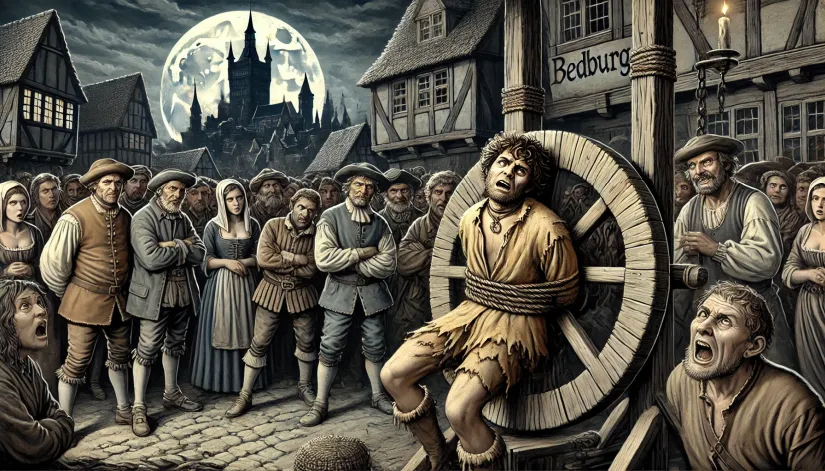
Famous Werewolves in History: Peter Stumpp
No doubt, Peter Stumpp (also known as Peter Stubbe) is one of the most famous werewolves in history.
Who was he? Well, according to records, he was a simple German farmer. Allegedly. However, his 16th-century lycanthropy case remains one of the most infamous werewolf trials ever recorded.
Stumpp’s strange story begins with the discovery of several mutilated bodies in Bedburg (in what’s now Germany). And with some terrified villagers reporting seeing a wolf-like creature at the scenes of the attacks.
Under torture, Stumpp confessed to practicing black magic and making a pact with the devil, which supposedly gave him the power to shapeshift into a wolf.
The 1589 Stumpp trial was swift but marked by horrific details. He admitted to killing and eating livestock, women, and children for over 25 years. Can you imagine?
Ultimately, Stumpp was sentenced to die in a particularly gruesome manner: he was broken on the wheel, beheaded, and his body burned. Brutal, right?
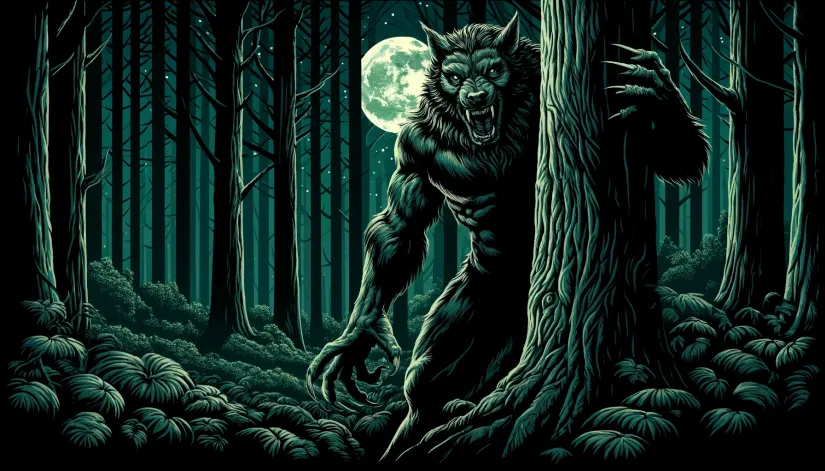
Jacques Roulet
Jacques Roulet (a beggar from Angers, France) was arrested in 1598 and accused of being a werewolf after he was found in a state of frenzy near the mutilated body of a boy.
From here, his case strikes some striking resemblances with Stumpp’s case.
Under interrogation, Roulet also confessed that he and his brothers had turned into wolves (although the specific method of transformation he described wasn’t through a magical ointment).
He claimed to have attacked and eaten children while in wolf form. Yikes. Initially sentenced to death, his punishment was later commuted to life imprisonment due to his apparent insanity.
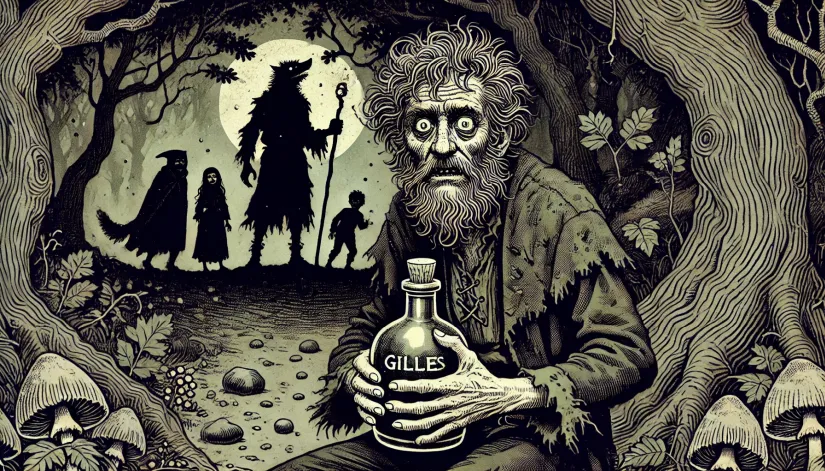
Gilles Garnier: The Werewolf of Dole
Ever heard of Gilles Garnier? If not, you’re in for a wild story. This guy was a hermit chilling (well, more like lurking) in the Franche-Comté region of France.
His case, from way back in the late 1500s, is as gruesome as it gets and sparked one of the most sensational trials in history. Yep, this dude is one of the most famous werewolves ever.
So, what did he do? Garnier was accused of attacking and devouring children while in wolf form. These horrifying reports sent everyone into a frenzy, sparking a massive manhunt to capture him.
By 1573, they got him. During his trial, Garnier confessed to using a magical ointment to turn into a wolf. He even detailed how he would stalk, kill, and eat his victims.
As you may expect, Garnier was found guilty—and his punishment was brutal. He was burned at the stake (which, to be honest, was a pretty common way to deal with those accused of witchcraft and lycanthropy back then).
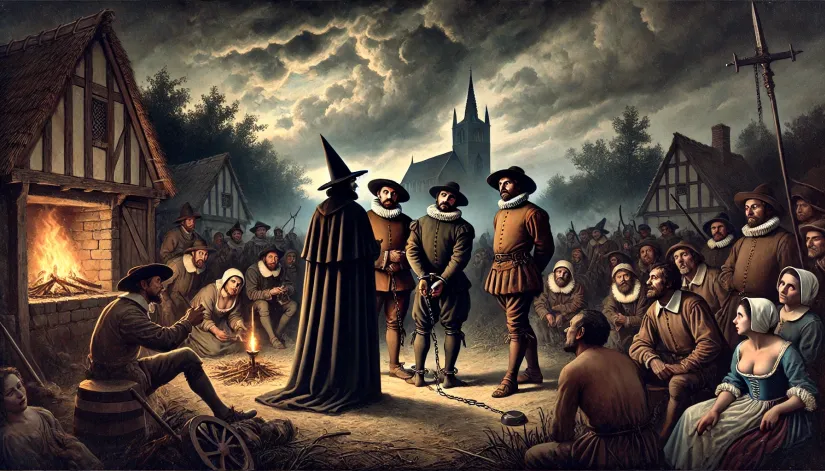
Werewolves of Poligny
The Werewolves of Poligny’s legend is another wild tale from the early 1500s in Poligny, France, in the early 16th century. Yeah, it’s the French again.
So what happened this time? Well, apparently, there were even more reports of supernatural creatures prowling the streets that spread like wildfire.
Naturally, fear took over. People pointed fingers, and soon enough, three unlucky individuals (Philibert Montot, Pierre Bourgot, and Michel Verdun) found themselves accused of being werewolves.
What happened to these accused werewolves? The three men were put on trial by Inquisitor Jean Bodin.
They were tortured until they confessed to all sorts of wild things—witchcraft, lycanthropy, cannibalism, you name it. They even admitted to using magic to transform into wolves and commit heinous crimes.
All three were executed by burning in 1521.

Wolf of Ansbach
The Wolf of Ansbach terrorized the region of Ansbach, Germany, in the late 17th century. But unlike other cases involving werewolves, this story centered on a wolf believed to be a shapeshifted human. So… the other way around?
Anyway. In 1685, a large wolf allegedly attacked livestock and humans in Ansbach. The townspeople—convinced that the wolf was the reincarnation of their recently deceased, despised mayor—set out to capture it.
After killing the wolf, they dressed it in human clothes and paraded it through the town before displaying its body.
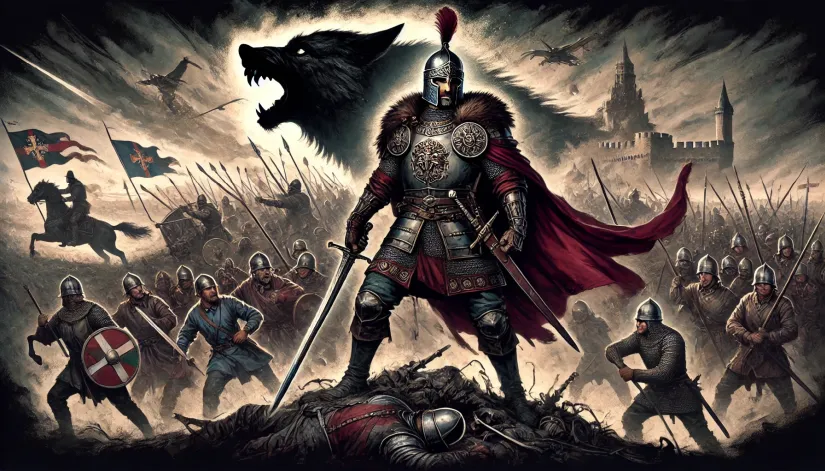
Vseslav of Polotsk
Eastern Europe had its share of famous werewolves, too. One of them is Vseslav of Polotsk, a historical figure from the 11th century. He was a ruler of Polotsk, a medieval principality in what is now Belarus.
So, what’s the deal with Vseslav? He was born in 1039, and from the start, there were whispers about his mystical origins.
According to some tales, he was born with a caul—a membrane that was believed to grant him magical powers and a connection to the supernatural world.
As a ruler, he was a force to be reckoned with.
Chronicles like the Russian Primary Chronicle, a key historical source from that era, describe how he would lead his troops with a fierce determination, striking fear into the hearts of his enemies.
His ability to appear and disappear on the battlefield almost seemed like magic. Was it his alleged werewolf transformation? Some thought so.
During his rule, Vseslav managed to expand Polotsk’s influence and maintain its independence against larger powers like the Kyivan Rus’. His rule was marked by both cunning diplomacy and brute force.
So, is there any truth in these stories? Maybe. Maybe not. But one thing’s for sure: Vseslav of Polotsk is one of the most famous werewolves in history.
Thiess of Kaltenbrun
Thiess of Kaltenbrun—a peasant from Livonia (modern-day Latvia and Estonia)—stood out in history for his unique claims during his werewolf trial in the late 17th century.
Unlike others, Thiess professed to be a “good” werewolf.
In 1692, Thiess was brought to trial after some locals claimed he could transform into a wolf-like creature.
He confessed but claimed his transformations were to fight witches and demons in Hell, swearing that he was serving God and protecting his community.
Thiess was not executed but was instead punished for engaging in superstitious practices.
Why is Thiess of Kaltenbrun one of the most famous werewolves in history?
Well, while his case is likely less known than other similar cases in history, Thiess’ story deviates from typical werewolf narratives as he’s portrayed as a protector rather than a menace.

Hans the Werewolf
This next crazy story also comes from today’s Estonia. Picture this: it’s 1651, and a young man named Hans stands trial, shaking up the local community big time.
Hans claimed that a man in black—hinting at the Devil himself—gave him a wolf pelt. This pelt, he said, let him transform into a wolf. He even admitted to attacking livestock (but not humans) in wolf form.
He even described the transformation in eerie detail, saying his body felt different, more powerful, and his senses sharpened like a predator’s.
So what happened to Hans? His confession led to a quick trial and an even quicker execution. The court didn’t waste any time.
Believing they were ridding the world of a dangerous beast, they sentenced Hans to death. He was executed (probably by hanging or beheading, as we don’t know any specifics, but it was common for such cases).
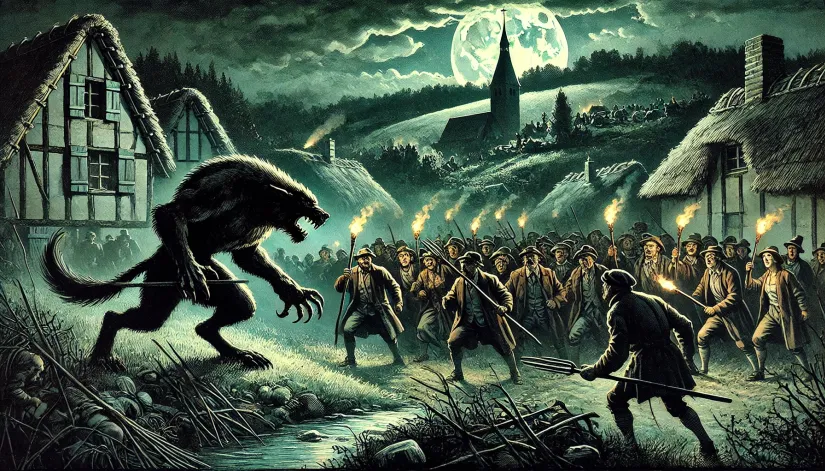
Beast of Gévaudan
The Beast of Gévaudan is by far the most famous werewolf in history—and one of the most well-documented cases, too. Its story is second to none, though the creature’s true nature is still up for debate.
Here’s the scoop: From 1764 to 1767, a series of brutal attacks shook the local community in the Gévaudan region of France.
Victims were found with severe bite marks and dismembered bodies, leading to reports of a large, wolf-like creature.
The French government dispatched hunters and soldiers to capture or kill the beast. But the mysterious monster evaded capture for years.
Various theories about the Beast’s identity have been proposed. Was it a large wolf or a pack of wolves? Maybe a hyena? Or even a human acting as a werewolf?
To this day, the creature’s true nature remains a mystery.
Jean Grenier
Jean Grenier was a French teenager who was trialed in 1603 for alleged lycanthropy.
At just 14 years old, Grenier confessed to transforming into a wolf and killing several children. But what exactly makes Grenier one of the most famous werewolves in history?
His story is fascinating not only for the supernatural elements but also for what it reveals about the era’s beliefs and judicial practices.
Grenier claimed a mysterious figure had given him a wolf skin, allowing him to change forms. He also vividly recounted how he would hunt and devour his victims while in wolf form, detailing his brutal attacks on young children.
The trial, held by the Parlement of Bordeaux, was notable for its unusual leniency given the severity of the crimes.
Despite Grenier’s confession to assault, murder, and cannibalism, he was not executed. Instead, he was declared mentally ill and confined to a monastery for life.
The Werewolf of Chalons
The Werewolf of Chalons (also known as the Demon Tailor) was a notorious figure in 16th-century France. This infamous individual, later identified as Nicolas Damont, was accused of a series of gruesome murders.
The Demon Tailor allegedly lured children to his shop, where he murdered and cannibalized them.
After being caught in the act, Damont confessed to his crimes and claimed to be a werewolf. When authorities searched his shop, they found human bones in the basement, which further confirmed his horrific deeds.
Damont was executed by being burned alive at the stake, a common punishment during that era for such heinous crimes.







